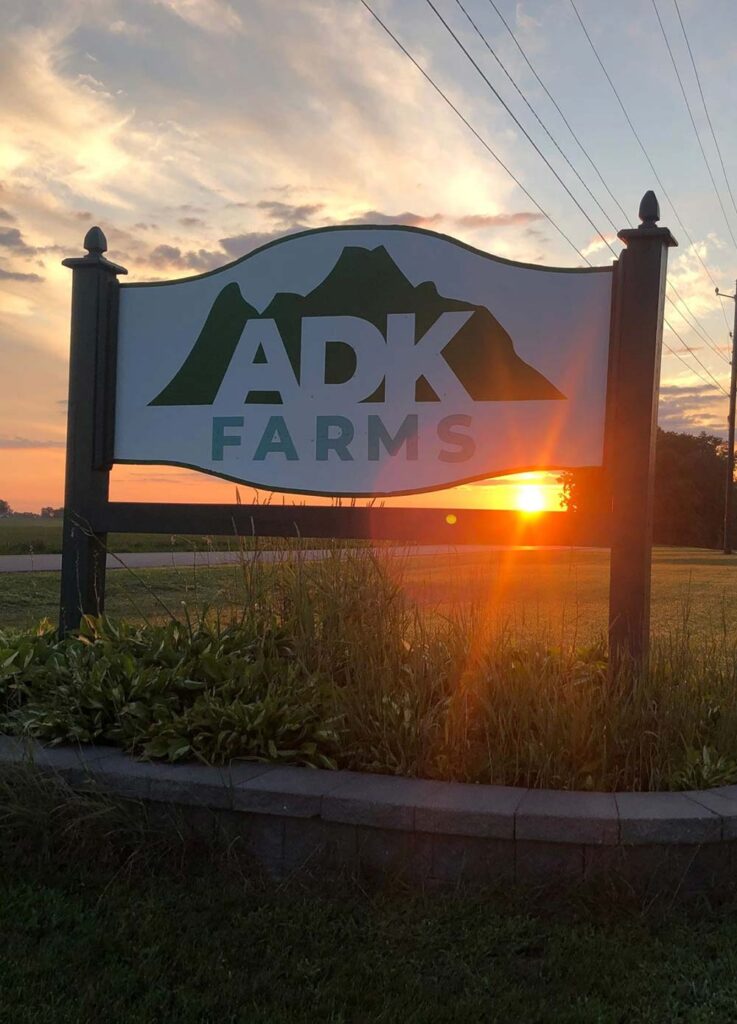Contributing to the Community and the Environment
While Creating Renewable Natural Gas from Waste
Renewable Natural Gas
Renewable Natural Gas
Renewable natural gas (RNG) is a waste-derived fuel chemically identical to conventional (fossil-based) natural gas and therefore RNG can take advantage of the existing natural gas distribution infrastructure and be used for any application where natural gas is currently used, such as electricity, heating, transportation, and even bioplastic manufacturing. Human and economic activity will continuously produce waste, which releases methane into the atmosphere as it decomposes. Methane poses a greater threat to the climate than carbon dioxide, therefore, capturing that methane as RNG solves both a climate and waste problem, while creating a reliable energy source.

Where Does Renewable Natural Gas Come From?
All communities produce waste, which, if unmanaged, releases methane as it decomposes. Methane is a greater climate threat than carbon dioxide. Managing the decomposition of waste and capturing the RNG therefore reduces waste and greenhouse gas emissions, while creating a reliable energy source to sustain our communities.
Organic materials (feedstock) are collected from livestock farms, municipal solid waste landfills, wastewater treatment plants, as well as refuse from food and beverage production.
Processed gas is burned to produce electricity, generate heat, and power vehicles. In 2021, 64% of all fuel used in natural gas vehicles was RNG. 2
Feedstock is fed into biodigesters, where microorganisms break it down into a raw biogas of 45 - 65% methane content. 1
1 Environmental Protection Agency
2 Renewable Natural Gas Coalition

We'd love to hear from you
Please Call Us for any questions/inquiries or fill out the form below.